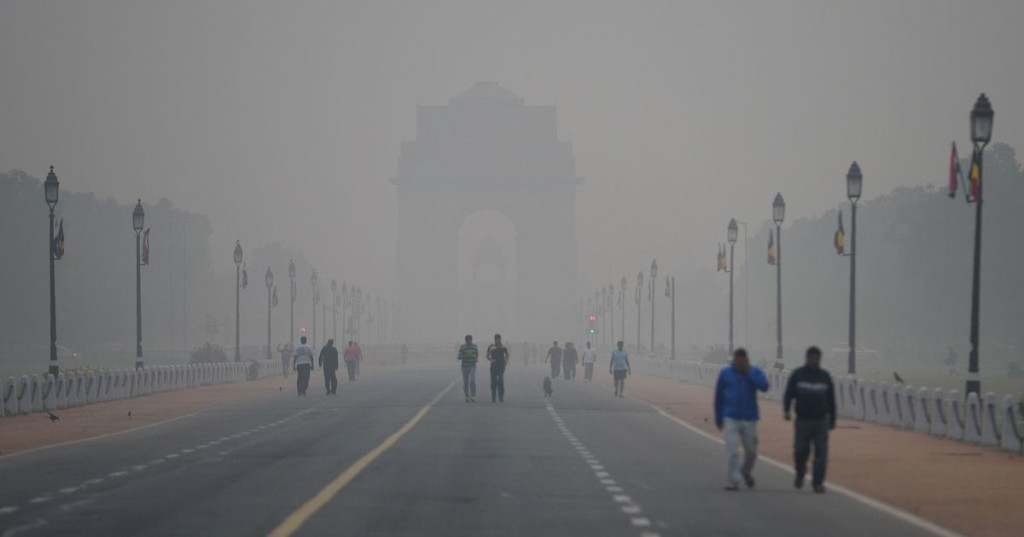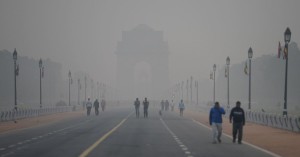Can the Centre bypass the Delhi government to take emergency and long-term steps to tackle the annual air pollution crisis in the capital? It can, legal experts say. The Ministry of Environment, Forest and Climate Change enjoys blanket legal powers to prevent damage to public health from pollution anywhere in the country.
In Delhi, however, the central government has decided to act as a coordinator rather than a leader in tackling the pollution crisis. On November 9, as severe smog precipitated a public health emergency in the city, the environment ministry constituted a “high level committee to propose and monitor solutions to air pollution”. The next day, it called a meeting of officials from Delhi and neighbouring states and told them to “strictly implement” existing regulations and the Supreme Court’s orders on tackling air pollution. It could have done much more. “Under the Environment Protection Act, the central government has complete executive powers to do whatever it deems necessary to stop environmental pollution,” said environment lawyer Ritwick Dutta.
Section 5 of the Act states:
“Notwithstanding anything contained in any other law but subject to the provisions of this Act, the Central Government may, in the exercise of its powers and performance of its functions under this Act, issue directions in writing to any person, officer or any authority and such person, officer or authority shall be bound to comply with such direction.”
These powers extend to closing, prohibiting or regulating any industry, operation or process. “This provision was to ensure the central government can act in the cases of environmental crises where states are unable to take action due to local pressures,” Dutta added. “But the environment ministry has not done anything beyond requesting the obvious: that states must implement existing regulations.”
In the past, however, the ministry has invoked this law to, for instance, ban expansion of industries in several critically polluted areas of the country as well as new mining activities in the Western Ghats in 2013.
But as Geetanjoy Sahu, an assistant professor at the Tata Institute of Social Sciences, Mumbai, pointed out, the ministry does not need to rely on the courts or state governments to stop violation of the environmental rights of citizens. “Under the Environment Protection Act, the ministry can issue notifications or sub-legislation to address issues like Delhi pollution and initiate penal proceeding against the polluters who violate these rules,” Sahu said.
The ministry can proactively deal with air pollution under the Air Act of 1981 as well, said Kanchi Kohli, legal research director of the Namati Environmental Justice Programme at the Centre for Policy Research. “It has the mandate to mediate between states in such a crisis, but it has failed to do so effectively.”
Broadly, environment is part of the Concurrent List of the Constitution. The environment ministry drafts regulations to tackle pollution and enforces them through central and state Pollution Control Boards. While the state boards can formulate their own rules and regulations depending on local conditions, they cannot dilute or violate the central rules drafted by the environment ministry.
In 2015, the environment ministry formulated new standards to cap the emissions of sulphur and nitrogen oxides by thermal power plants. But, as Scroll.in reported last month, the standards have not been imposed on all 16 thermal power plants that started operations this year. The ministry has also prepared a road map for another existing 300 thermal plants to dodge the December 2017 deadline for meeting the standards. For many of the 60 power plants in North India, it plans to extend the deadline till 2023.
Article Source: Scroll.in

